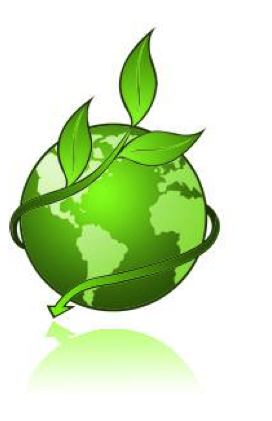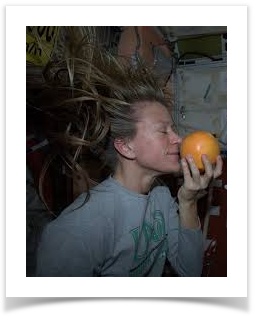Why do we perform plant experiments in space?
Two major objectives:
1) To investigate the response of plant against gravity
Present day plants (also called green plants -Viridiplantae in Latin) that live on land evolved from ancestors that used to live under water a long time ago. When plants started populating the land, they developed many new survival mechanisms. An example are the waxy leaves - to prevent the water loss.
All living organisms that further evolved on land, had to adapt to respond to Earth's gravity. That was a very important change from the previous state in which the algae ancestors were simply floating in the water. On the land, plants had to develop an unique structure to support their own weight. We are trying to understand how they evolved into that by looking at the way they "move".
Today we know that plants do "move" a lot even though for an untrained eye they may seem to be still. The first to talk about these movements was the famous Charles Darwin. He observed that for instance, plants' roots seem to always grow downwards towards the centre of Earth - we call this now gravitropism. Plants' shoots, on the other hand, seem to grow away from Earth, as if they are continuously looking for light - we call this phototropism. Plants and seedlings also circumnutate - move around in circles.
We believe that all these movements are happening because of the way plants respond, amongst other things, to gravity and light - these are cues for the plants as to which way they should grow. However we are not entirely sure how plants "get" these cues. Can they truly sense Earth's gravity? The International Space Station, continuously falling around Earth, is creating a microgravity (weightlessness or zero gravity) environment, which is a perfect opportunity for us to find out more about this.
And what can happen to plants if we turn off both gravity and light?
The knowledge about how plants detect the gravitational force and construct their support structure is useful for breeding productive crops. The space experiments taking place on Kibo are a great way to study that.
2) To see if plants can grow in space
Plants are an important part of our lives but confined environments such as space or analog research stations (Antarctica, Utah) make us truly appreciate their value. Growing them in space is particularly difficult because we don't know how plants behave in microgravity and how does that affect their development.
If we could grow plants in space, the astronauts would be able to eat fresh vegetables and fruit any time. Beyond serving as a food source, they could be used to convert carbon dioxide produced by human beings into oxygen (through photosynthesis), or be included in any other recycling cycle - which is what they do on Earth anyway.
In addition, plants and their green colour have an effect that relaxes people. Anecdotical evidence suggests that attending the plants is one of the favourites activities of the astronauts.
Here you can see a picture of Astronaut Karen Nyberg, who is currently on board of ISS, enjoying a fresh grapefruit sent there a few days ago - July 2013.
She felt so happy to have the chance to eat a fresh fruit whilst onboard ISS, that she posted this picture on her Facebook page.

